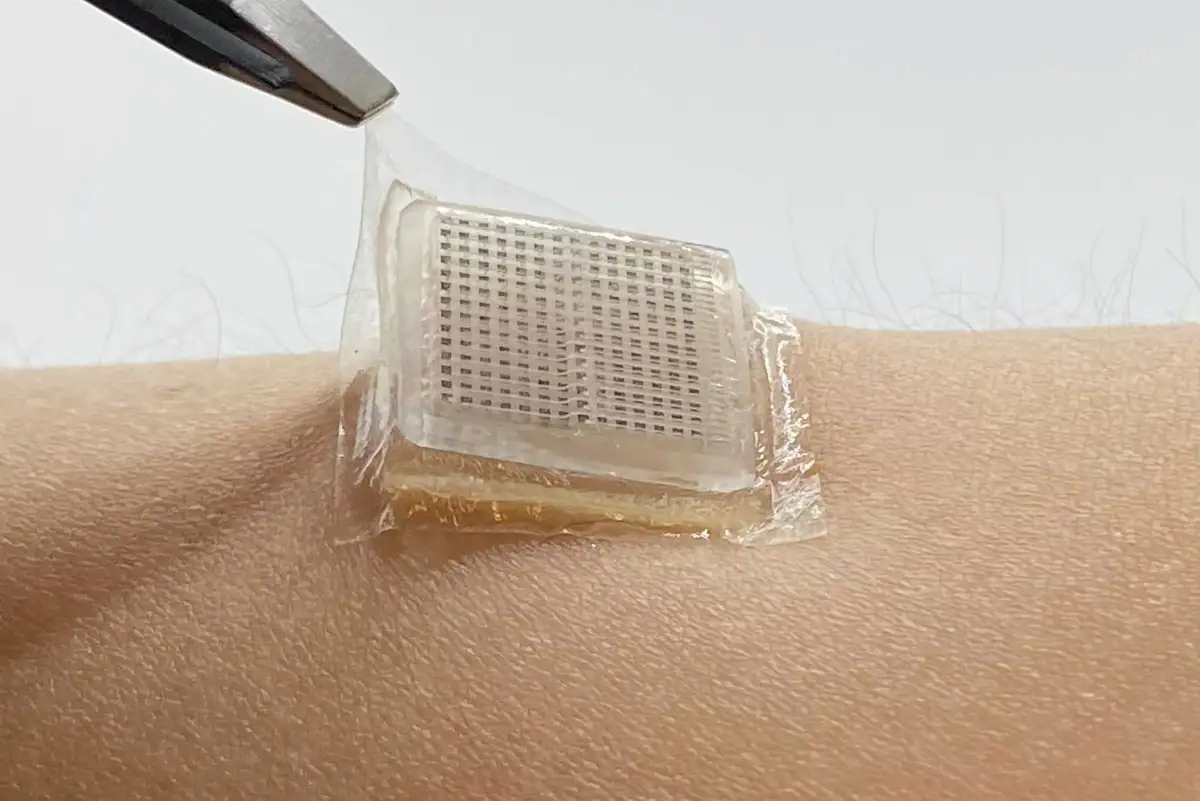Engineers at the Massachusetts Institute of Technology (MIT) have transformed the healthcare industry by creating a cutting-edge ultrasound sticker that tracks patients’ interior organs for disease symptoms. The innovative gadget, which is about the size of a postage stamp, is simple to apply to the skin and provides an efficient, non-invasive way to monitor organ health.
Researchers recently revealed a sticky sensor that can transmit sound waves into the body through the skin. Organ stiffness can be measured and tracked thanks to the waves that reflect off internal organs and return to the sticker. This characteristic is important because variations in the stiffness of an organ can signal the beginning or development of disorders like liver or kidney failure as well as solid tumors.
Lead author Xuanhe Zhao, professor of mechanical engineering at MIT, highlights the significance of continuous monitoring, stating, “With this wearable sticker, we can continuously monitor changes in rigidity over long periods, which is crucially important for early diagnosis of internal organ failure.”
The sticker, developed as an advancement of an earlier model introduced in July 2022, can continuously monitor organ stiffness for up to 48 hours. Its sensitivity allows for the detection of subtle changes indicative of disease progression. Initial tests on rats have shown promising results, detecting early signs of acute liver failure.
This technology has a plethora of potential uses. For example, it could be used to track patients’ healing after receiving an organ transplant and identify issues early on. Lead author Hsiao-Chuan Liu envisions its use in ICU settings, noting, “If there is any early diagnosis of acute liver failure, doctors can immediately take action instead of waiting until the condition becomes severe.”
The MIT group intends to work with medical professionals in the future to improve the sticker so that it may be applied in medical environments. Their goal is to create a more compact and independent variant that patients can use for ongoing monitoring while they are at home. Their research, which is published in the journal Science Advances, represents a substantial advancement in medical technology.

